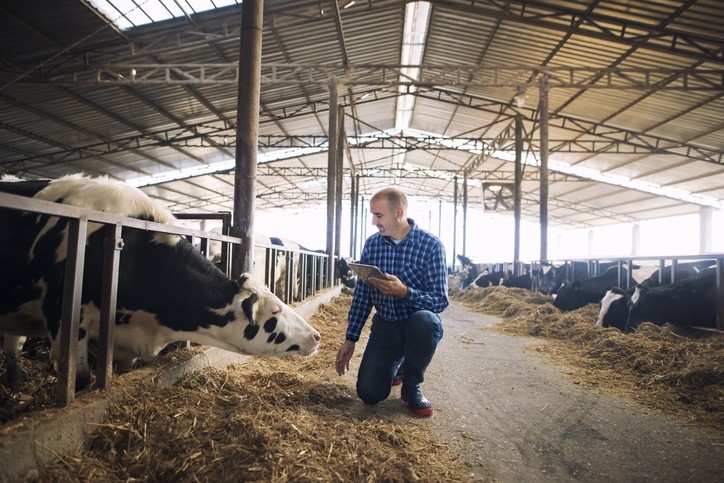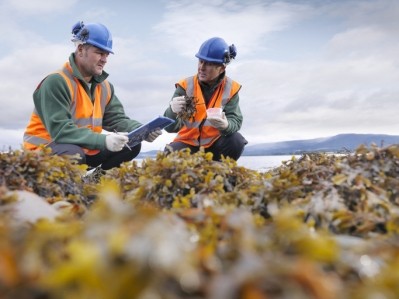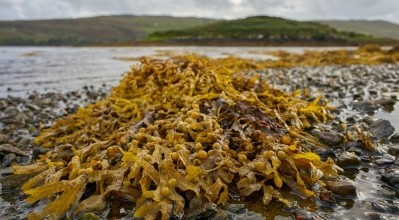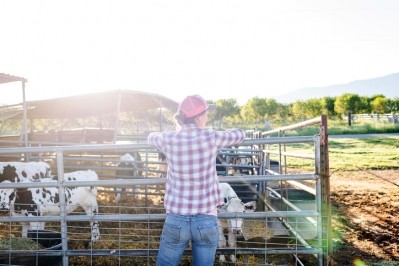Dutch study sees risks from feeding certain types of seaweed to dairy cows

The results, said the team, suggests that bromoform can then end up in the milk and urine of the cow.
“Bromoform inhibits the formation of methane in the cow's rumen. However, it is also toxic,” said Wouter Muizelaar, researcher at Wageningen Livestock Research.
Previous research linked A. taxiformis to abnormalities in the rumen wall of sheep. “That is why we wanted to know what effect A. taxiformis has on cows. Does bromoform end up in milk, urine, manure, or in animal tissue? What happens with it? This research shows that bromoform from A. taxiformis can end up in milk and urine.”
This may be a factor to consider in estimating whether it is desirable to feed this type of seaweed to cows, he said.
The research cannot be seen as conclusive, though, said Dr Jan Dijkstra, associate professor in ruminant nutrition, Wageningen University animal nutrition group, citing the small number of animals involved in the study and some problems in feeding the seaweed.
“We emphasize the need for further research, however, to ensure no negative effects for cows or milk quality to occur,” he told FeedNavigator.
Cows exhale the strong greenhouse gas methane. One of the possible ways to limit methane emissions from cows is by feeding them the seaweed.
Looking to other seaweed species
Muizelaar said that other seaweed species contain less or no bromoform but may also reduce methane. “They work slightly differently because they contain other methane inhibiting compounds. So I still see seaweed as a promising option that we should continue to explore.”
Last year we reported on work by a Danish team looking to seaweed, probiotics, and other strategies to reduce methane output in dairy cows.
Mette Olaf Nielsen, project lead, said it has been known for some time that seaweeds or macroalgae like Asparagopsis taxiformis or Asparagopsis armata have a huge depressive effect on methane emissions from cattle. “Unfortunately, the active compounds responsible for this effect are ones we do not want to see in our food supply chain - chloroform and bromoform.”
She and her research colleagues are exploring whether Northern Hemisphere grown macroalgae would have developed alternative defense strategies based on safer compounds targeting microorganisms found in the wet environment surrounding them, and where there is also a lack of oxygen.
“We have seen that there are other macroalgae that reduce methane emissions in our in-vitro system. We hope to be able to find safer compounds, produced by such macroalgae, which also target the special methane producing microbes in the rumen of the cow – called Archaea.”















